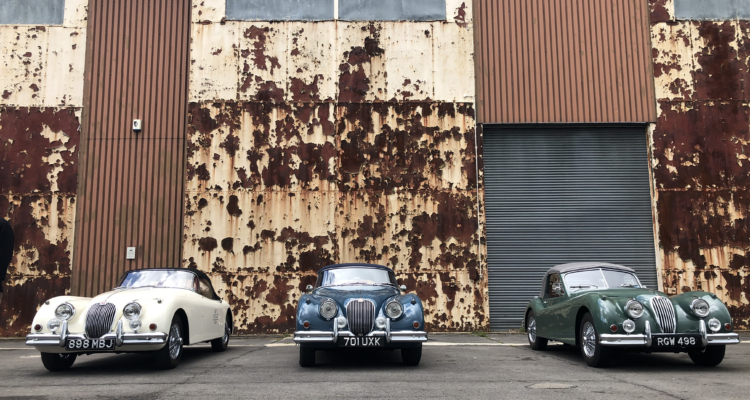How To – Change Your Brake Discs
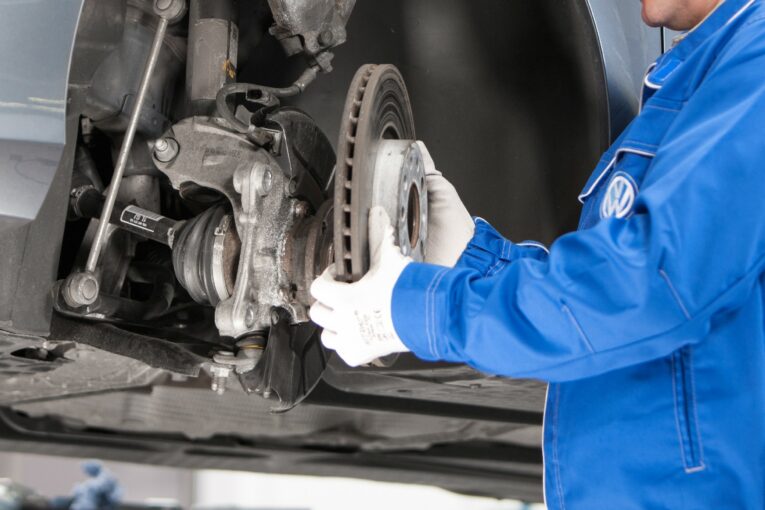
Difficulty
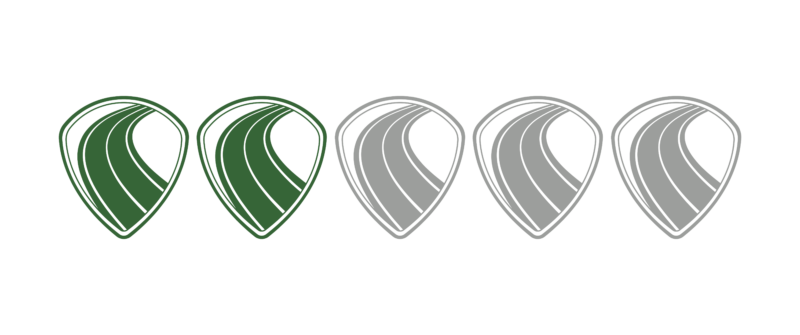
What Do I Need?
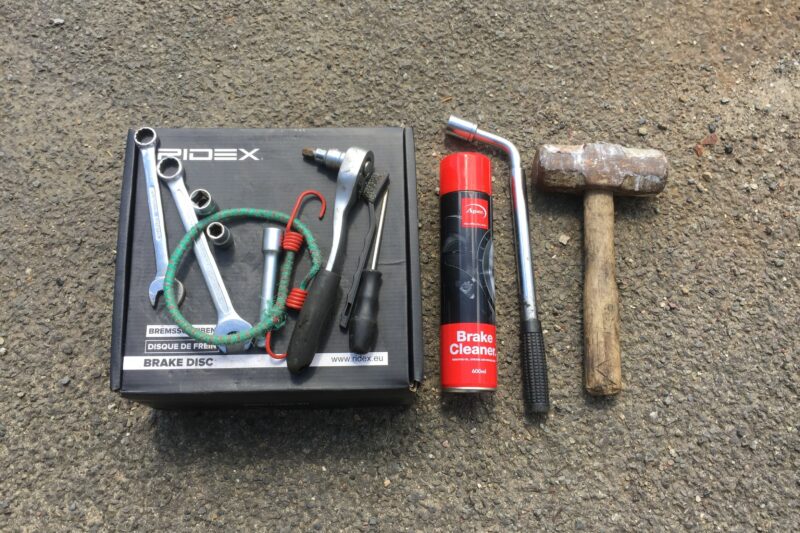
New brake discs specific to your vehicle
Wrench and sockets/spanners of the correct size
Torque wrench
Brake cleaner
Wire brush and bunjee cord (optional)
Mallet (optional)
Why Should I?
It goes without saying that the brakes on your classic are vitally important to it’s safe and efficient running. Without them you would have to rely on all manner of inanimate objects to slow you down, none of which we recommend or condone. Trees, bushes, buildings – all will stop you, just not as safely or as controlled as a well maintained and effectively operational braking system, and the brake discs are a large part of that effectiveness.
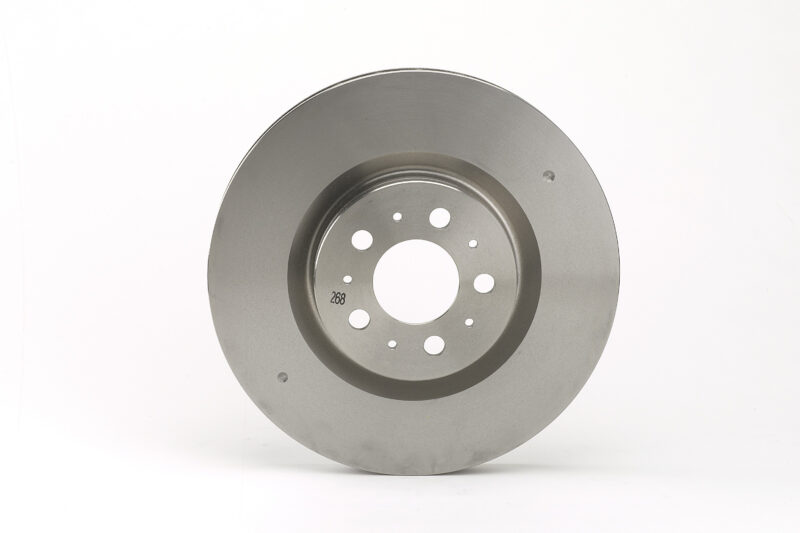
Located on the wheel hubs the discs slow and finally stop the wheels of the car when friction is applied. This friction comes from the brake caliper as it applies pressure to the surface of the disc through the brake pads via the brake pedal. Due to the repetitive application of this friction the performance of the brake discs will eventually diminish over time and they will need to be replaced so regular inspection, testing and renewal is essential for their correct operation.
Talk Me Through It
NB: when replacing brake discs always do both sides of the car together in pairs.
1) Loosen the wheel nuts and then jack up the car safely and rest it on some axle stands.
2) Remove the wheel nuts along with the wheel and douse the caliper bracket bolts in release fluid. Some force may be required to liberate them as they can easily become seized.
3) Using the correct tool (whether that be a socket wrench, spanner or Allen key) undo the caliper bracket bolts.
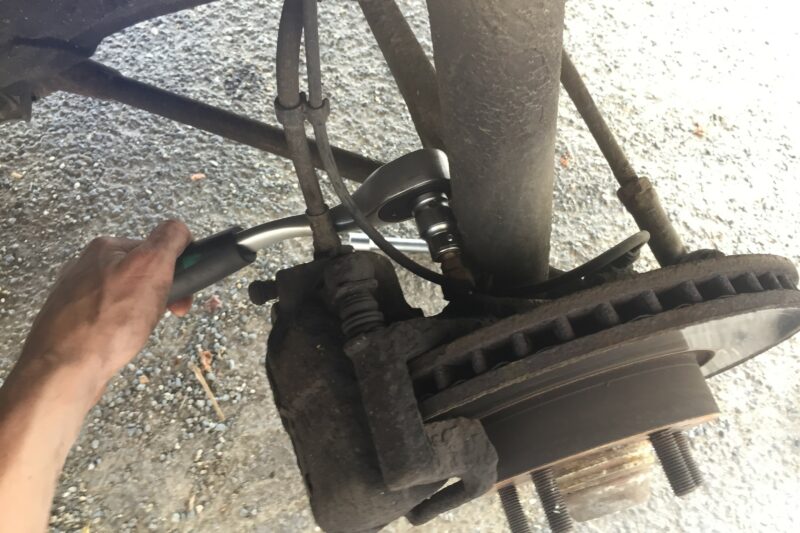
4) Remove the caliper and bracket from brake disc. Hang the caliper from the suspension spring or similar fixing with a bunjee cord to prevent any damage to the flexible brake lines.
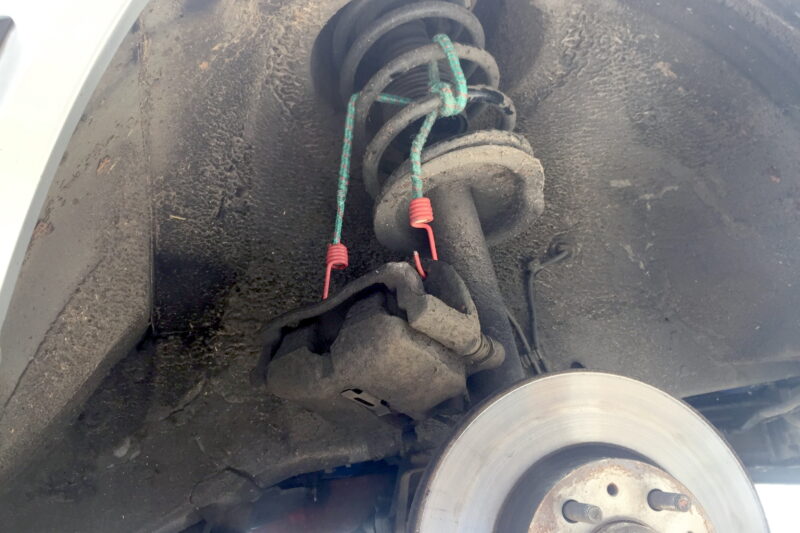
5) If your brake disc is held on with a locating screw remove this and then remove the disc itself. Chances are the disc is rusted to the hub and so won’t want to come off. It’s perfectly fine to “persuade” it with a few sturdy taps from a mallet. Hit the face of the disc equally on all sides and it should come free.
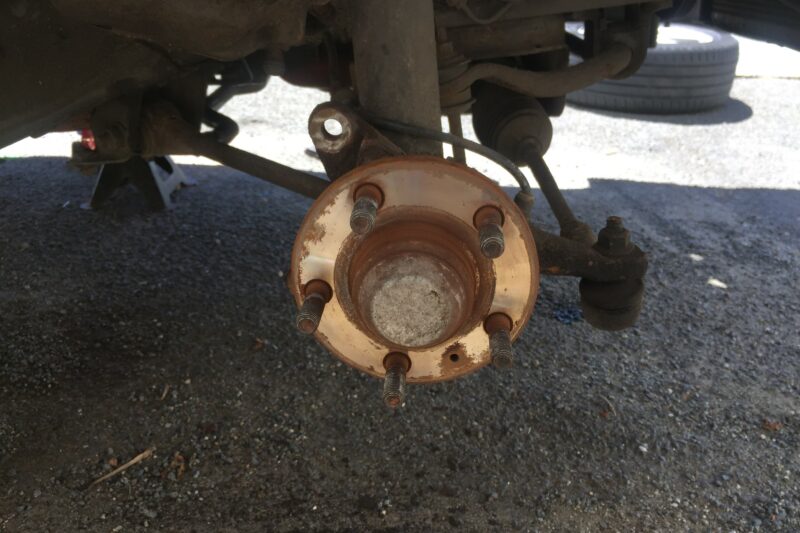
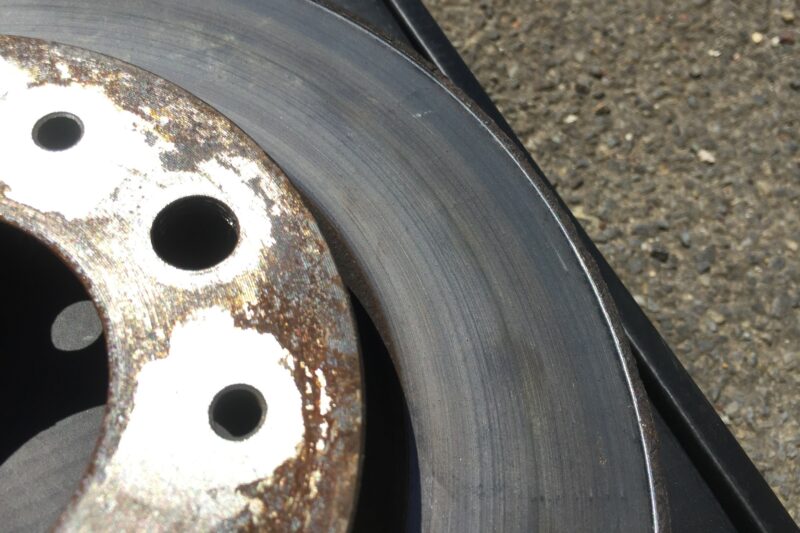
6) Inspect your old discs for signs of uneven wear or scoring which will indicate caliper and/or brake pad issues. Your new discs will have been coated with oil to prevent them from rusting so grab some brake cleaner and give them a good clean using a lint-free cloth or paper towels.
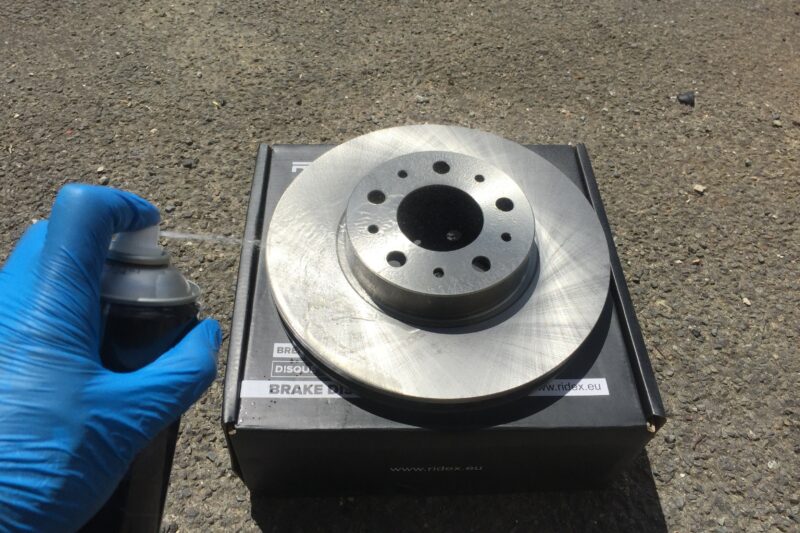
7) Slide the new discs on to the wheel hub. Top tip: temporarily install one of your wheel nuts to hold the disc in place whilst you refit your caliper.
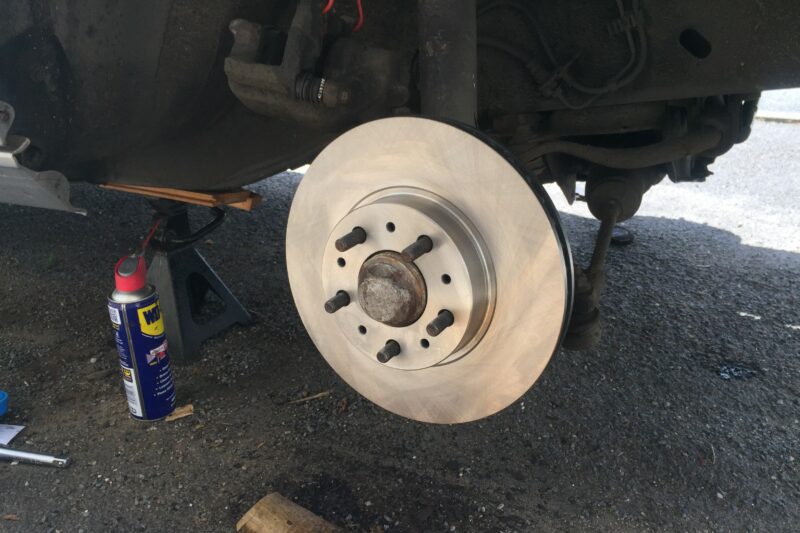
8) Re-install your brake caliper over the disc and torque the caliper bracket bolts to spec before safely testing the brakes.
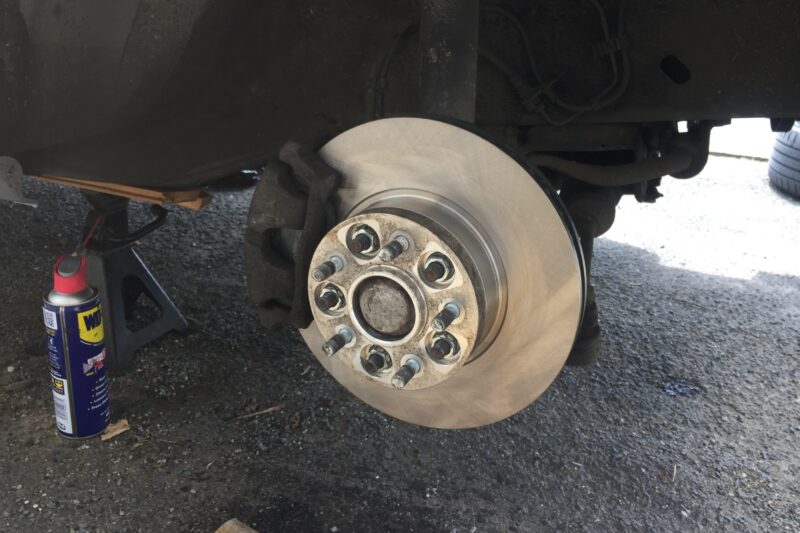
Conclusion
Along with changing your brake pads, replacing the brake discs is a simple job requiring few tools. We like to do brake discs and pads together as a set because it’s good practice and allows for a fresh mating area between the two components. Knowing how to look after and maintain your car’s braking system is good knowledge to have in your fettling arsenal that will not only ensure the safe operation of your vehicle but will also save you money. With fresh brake discs your brakes will work better and you’ll have the satisfaction of completing another job yourself. Get to it!

